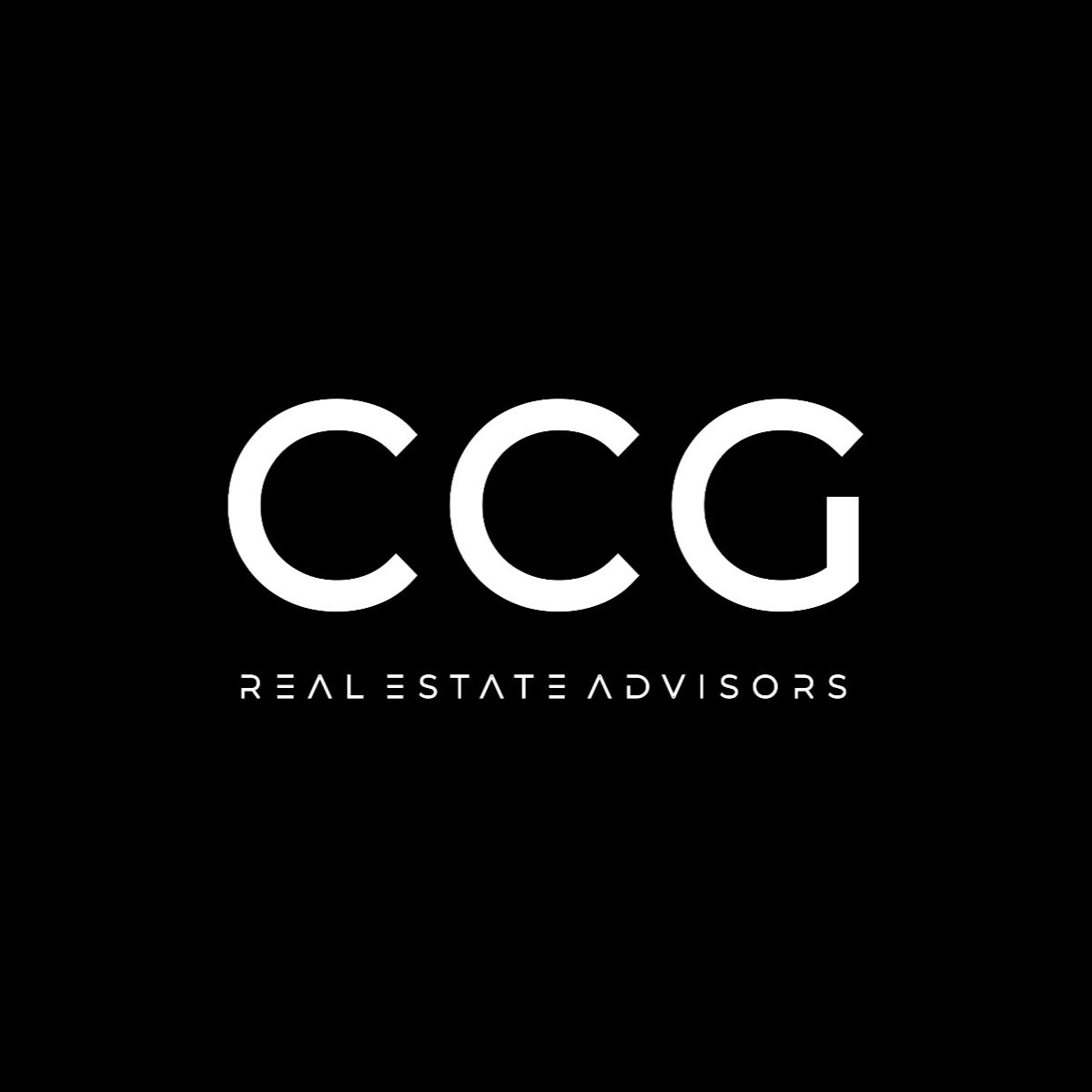By Aurmon Banitaba | Founder, CCG Real Estate Advisors
Having spent the better part of the last decade investing and advising high-net-worth investors across asset classes, I’ve learned a simple but profound truth: investors’ actions toward one group of assets and the resulting price movements inevitably ripple into others. Since these movements stem largely from investor psychology—which is highly contagious—studying multiple asset classes is essential to shaping a better overall investment strategy.
At the highest level, all investors face the same decision: where to allocate capital. The vast majority of opportunities fall into four primary asset classes—equities (stocks), fixed-income (bonds), cash/cash equivalents, and real estate. The challenge isn’t just choosing among them; it’s understanding which are best suited for your goals, temperament, and time horizon.
Once that decision is made, the real work begins: understanding where returns come from, what drives value, and what price you’re willing to pay for any investment.
Intrinsic Value and Fundamentals
Investment assets—stocks, bonds, companies, and buildings—have a value often referred to as their intrinsic value: what the asset is worth at a point in time. But intrinsic value isn’t fixed—it’s derived from fundamentals, and opinions on those fundamentals differ.
In Companies
The fundamentals of a company encompass many factors:
• Current earnings and future earning power
• Durability and variability of those earnings
• Asset quality and balance sheet strength
• Competitive positioning and market opportunity
• Quality of management and ability to innovate
Together, these drive earning power—the single most important source of a company’s value.
In Real Estate
The fundamentals of real estate are different but no less rigorous:
• Location, tenant quality, and proximity to demand drivers
• In-place NOI and the credible ability to grow it through operations, renovations, or development
• Local market growth, zoning potential, and entitlement opportunities
• Strength of surrounding infrastructure and future economic drivers
Whether equities or real estate, the same rule applies: value stems from earning power—the cash an asset can generate under competent ownership.
Assets Without Earning Power
Not all assets produce operating cash flow, which makes them far harder to value analytically. A diamond ring, painting, or classic car may appreciate, but only if someone else pays more for it later. Without the ability to generate cash, these rely entirely on speculative pricing—making their “value” subjective.
By contrast, assets with current earning power—or a credible path to it—allow investors to underwrite decisions objectively based on fundamentals, not just sentiment.
Current vs. Future Earnings
Earning power comes in two forms:
• Current Earnings — Cash flow today, observable in financial statements or property operations.
• Potential Earnings — Value unlocked through a business plan, expansion, or operational improvements.
The best investors analyze both. Some pay for today’s stability. Others bet on tomorrow’s growth. But prudent investing always rests on judgments about an asset’s present and future earning power. Once you’ve estimated intrinsic value, you can set a “right” price that offers sufficient margin for attractive returns.
Value vs. Price
Value isn’t the hope of selling higher later—it’s earning power under competent ownership.
• In companies: durability of earnings, growth prospects, competitive advantages, balance sheet strength, and management quality.
• In properties: in-place NOI, credible paths to grow it, and levers like leasing, value-add strategies, targeted capex, entitlements, and operational wins.
Price, by contrast, is concrete—the amount you pay. In theory, price equals the discounted present value of future cash flows. In practice, it reflects consensus expectations—the collective optimism or pessimism of the market.
When optimism dominates, price can exceed value. When pessimism prevails, price can fall below it.
The Interaction of Price and Value
If you buy an asset below intrinsic value, its current earnings alone can provide solid returns, while growth in earning power compounds the upside. But if you overpay, even strong fundamentals may not save the investment.
Nuance matters:
• A high P/E ratio doesn’t always mean a company is overpriced—NVIDIA looked “expensive” for years, yet investors underestimated its role in shaping entire industries.
• A low P/E ratio isn’t inherently safe—sometimes “cheap” reflects real structural decline.
• In real estate, a low cap rate doesn’t always mean you’re overpaying—it may represent an asset in a high-demand market or a temporarily suppressed NOI (e.g., a value-add play) with significant upside.
• Conversely, a high cap rate can signal risk: deferred maintenance, weak tenants, or soft markets.
No single metric tells the whole story. Judgment—anchored in fundamentals—drives superior decision-making.
Where Returns Come From in Real Estate
In private real estate, returns flow from three sources:
1. Yield Today — Your going-in cash flow relative to basis.
2. Growth Tomorrow — NOI you can unlock through execution.
3. Exit Pricing — How cap rates or multiples evolve at sale.
Overpay for any one of these, and you compress your margin for error everywhere else.
Where Superior Returns Come From
Superior risk-adjusted returns arise when:
• Consensus Underestimates Value — Example: mismanaged assets or below-market rents hide NOI potential.
• You Buy Below Value — Example: off-market acquisitions, distressed sellers, or direct-to-owner relationships.
• Value Grows Faster Than Expected — Example: operational turnarounds, ADU build-outs, entitlement wins, or optimized unit mixes.
• Sentiment Shifts in Your Favor — Example: capital rotates into your asset type or submarket, creating tailwinds.
Without one or more of these dynamics, expecting superior returns is unrealistic. Even when they exist, success still depends on superior insight—seeing opportunities others miss.
Why Private Real Estate Can Be More Predictable
Compared to equities, private real estate offers:
• Greater operational control
• Significant tax advantages (depreciation, cost segregation, 1031 exchanges, interest deductibility)
• More forecastable after-tax cash yields when bought right, operated well, and structured intelligently
Predictable doesn’t mean easy—it means you control more of the outcome, rather than relying solely on the market.
Closing Thoughts
If you remember nothing else, remember this:
• Value = durable earning power with real levers to grow it
• Price = your basis and obligations to your lender
• Returns = today’s yield + tomorrow’s growth + exit dynamics
• Discipline beats prediction—focus on what you can control
At CCG Real Estate Advisors, our mission is simple:
We help private investors create and preserve wealth through best-in-class advisory and investment sales—grounded in fundamentals, executed with operational rigor, and resilient to market sentiment.
If you want to build a plan—or pressure-test one you already have—let’s talk.





















